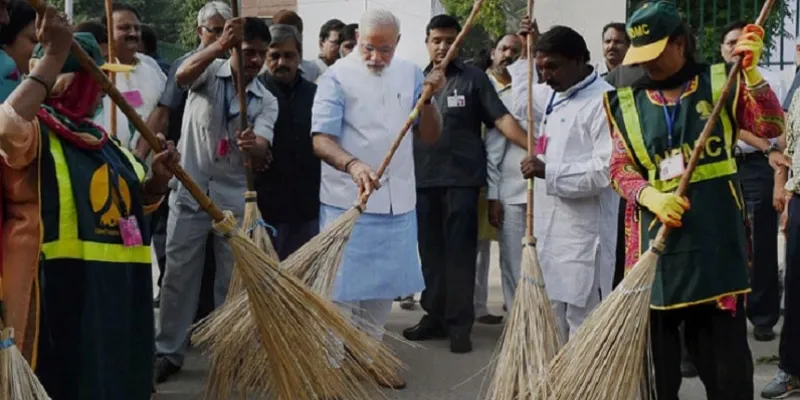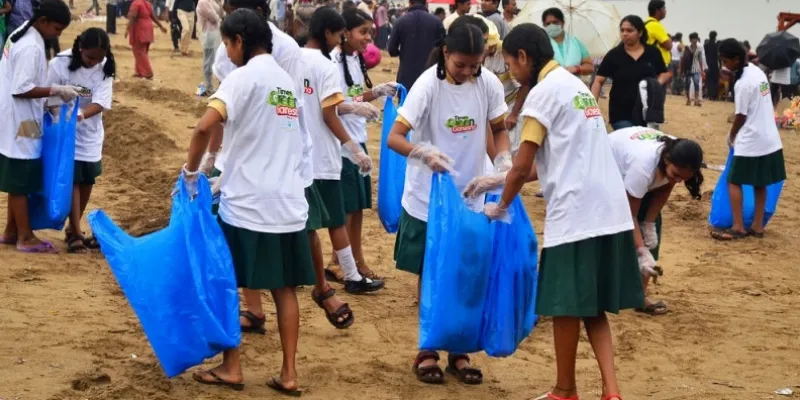How to bring about long-lasting community transformation in rural India
While the government has encouraged construction of toilets on a war footing to combat open defecation, complete community transformation is still a step away.

Over the last several decades, India has faced opposition for being one of the most unclean countries in the World. We have all heard stories of how Indians who travel to other countries adhere to the cleanliness norms of those countries, but litter their surroundings while they live in India.
With more exposure, better standards of living, better service and product-delivery to the consumers, the state of affairs may have begun to take a positive turn in the last few years. However, one of the most important phenomena that has sounded a death-knell to the issue of uncleanliness in India is the launch of the Swachh Bharat Abhiyan or Mission.
According to the SBM (Rural) website, in a span of a little over four years, over 9,25,13,906 toilets have been constructed and over 15,70,13,896 households in 27 states have attained the open-defecation-free status. The World Health Organization has lauded India’s commitment to accelerated coverage of safe sanitation services, which, assuming 100 percent coverage is achieved by October 2019, could prevent up to 300,000 deaths due to diarrhoeal disease and protein-energy malnutrition. Besides recognition from global organisations, the success of the Swachh Bharat Mission campaign lies in the fact that it has become a mass movement, which involves the efforts of politicians and government officials, Bollywood celebrities, sportspersons, business organisations, and the common man.
While the government has encouraged construction of toilets on a war footing to combat open defecation, complete community transformation is still a step away.

Several factors, such as high cost of construction, inefficient toilet technology, and weak sanitation infrastructure add to the slow rate of acceptance and, consequently, behavioural change among communities at the base-of-pyramid.
Home to over 6,00,000 villages, rural India has never been privy to the ‘toilet’ experience. Toilets were not part of the initial household infrastructure. They were looked down upon, treated as tabooed places. It was and is a way of life to them. Generations of Indians have been engaging in this practice, passing it down as an acceptable means of eliminating bodily waste. While space constraints and affordability act as a cause of hesitation, the biggest challenge has been bringing about a change in the attitudes of people towards the concept of toilets and their use.
While the government does its part of enabling the environment for change through policy interventions, business organisations can champion the cause by becoming the catalysts, and spawning a long-lasting social change by creating programmes and products that can be embedded in the fabric of the local communities.

Citizen-driven initiates have brought India a step closer to cleanliness.
Oftentimes, the programmes geared towards community transformation are driven by a top-down agenda. The problem with this approach is that it neglects to factor in the needs of the community members, and results in a high rate of failure of development projects. A Stanford Social Innovation Review article states, “Change happens at the pace people can adapt.” The acceptance rate of change, therefore, is higher when businesses empower the community members to operate within their area of influence in their communities.
Hence, for any business organisation that aims to bring community transformation, one of the first steps is to understand the needs at the ground level, through intensive research and community engagement.
After establishing the need-support equation, the business can bring in its technology, capital, knowledge, and other resources to empower the community members and local partners, who, essentially, become the evangelists to bring transformation in their communities.
In his 2013 address, at the TEDGlobal conference, Harvard Business School Professor Michael Porter explained that while the model in place to deal with social issues, including NGOs and philanthropies, is well-meaning, it often struggles with myriad difficulties. Hence, critical issues such as healthcare, access to water and sanitation, or education, and climate change get adversely affected. The better approach to address these would be when businesses, in collaboration with NGOs and governments, engage with the communities.

ALSO READ: Success stories of Swachh Bharat that need to spread across India
Leading societies and nations have successfully been able to recognize the strong correlation between sanitation, hygiene and national productivity, which ultimately leads to good health and better lives. Nowhere is the implication of this relationship more relevant than it is in India today.
As rural India trudges along the path to achieve the goal of eliminating open defecation, by developing a robust sanitation infrastructure and creating behaviour change vis-à-vis toilet use and maintenance, it is time for businesses to engage deeply with the affected communities at the ground level.
Through this engagement, businesses must develop sanitation solutions that provide community members in rural India with affordable and innovative options to ensure a safe and healthy toilet experience. Unless we democratise the response mechanism to public issues through a participatory approach, rather than through a top-down model, we may never be able to realise our potential to fulfil Mahatma Gandhi’s dream of a clean India, fully.






